Description
Corrosion Test Coupons
The corrosion test coupons are one of the most commonly used methods for the corrosion detection of factory equipment. The coupon test method is to put a metal sample of known quality into the corrosion system. After a certain exposure period, remove, clean, weigh, and measure the average corrosion rate according to the quality change of the sample.
Use a special fixture to secure the test piece. Ensure insulation between the test piece and the fixture. This prevents galvanic corrosion. Minimizing the support point between the test piece and the support frame to prevent the gap corrosion effect. Fix the support with the test piece on the equipment.
After a set corrosion period during production, remove both. Inspect them visually and determine the quality loss. It is also possible to use special support to grip the stress corrosion test U-bend loading stress specimens or three-point bending loading specimens.
Name | Customized Metal Corrosion Coupon Manufacturer | ||||
Material | Stainless Steel 304、Stainless Steel 316、DSS F51、Carbon Steel A105N、Inconel 625 | ||||
Operating Temperature | -20-+120 | ||||
Feature | 1.Easy Operating | ||||
2.High Accuracy Long Life | |||||
3.High Efficiency Low cost | |||||
Payment | TT/LC | ||||
Advantage | 1. They are light weight and flexible. | ||||
2. Nice Injection efficiency. | |||||
3. Accurate location tracking. | |||||
Requirements and tasks
The main requirements and tasks of industrial corrosion monitoring are as follows.
(1) Methods for diagnosing corrosion
Corrosion monitoring can: 1. Provide information about the corrosion status of the equipment 2. Understand the corrosion rate and corrosion type 3. Seek the induced conditions of corrosion. This provides researchers and operators with information that would otherwise be difficult to obtain.
(2) Monitoring the effect of anti-corrosion measures
Monitor the equipment’s original state. Apply anti-corrosion measures. Then assess the equipment’s post-treatment condition to determine corrosion extent. To ensure the long-term effectiveness of corrosion monitoring, it is often necessary to establish a permanent monitoring device to enhance the monitoring effect.
(3) Provide management and operational information
Ensure normal production through daily management and operation. Also, keep equipment corrosion within acceptable limits. Changes in production and commissioning processes can impact unit corrosion. Predicting or modeling these effects is often challenging.
Nevertheless, corrosion monitoring technology provides valuable information. It helps ensure that full-load testing or production occurs with minimal harm. In addition, the continuous information provided by corrosion monitoring and the accumulation of raw corrosion data is very useful for managing routine overhauls and annual overhauls.
(4) As part of the control system
The monitoring corrosion information is fed back to control some parts of the production unit to achieve the purpose of controlling corrosion. For example, the use of potential monitoring to control anode protection or cathodic protection systems, the use of resistance probes to control the addition of corrosion inhibitors, and so on. This approach is limited to relatively simple cases.
Monitoring Method
(1) Field apparent inspection method
Field apparent inspection is the most basic corrosion detection method. Field testing is a qualitative evaluation that requires technical personnel to have certain experience. Generally, when parking and opening the equipment, the corrosion status of the surface of the equipment is observed by the naked eye or with the help of tools. For many large equipment (such as towers, containers, boilers) is one of the items of regular routine inspection.
The main purpose of field inspection is to detect whether the equipment has suffered serious corrosion. Observe the degree and location of corrosion, preliminary analysis of the type and cause of corrosion: determine the basic measures to prevent corrosion.
(2) Corrosion Test Coupons Method
The most intuitive way to judge the corrosiveness of a material in an environment is to measure the changes in the material after the material sample is exposed to the environment for a certain time, which is the basis of the hanging method.
Although there are already fast response instruments for measuring metal corrosion, the mounting method is still one of the most widely used methods for corrosion detection in process equipment.
The advantage of the hanging method is that comparison and parallel tests can be carried out for many different materials at the same time, and the exact corrosion type can be obtained according to the sample.
The limitation of the hanging method is that it can only determine the average corrosion rate during the test period, and it is difficult to represent the corrosion condition when the process parameters of the equipment change for a short time. In addition, local corrosion effects do not reproduce well (e.g. pitting, abrasion, waterline corrosion, etc.)
Corrosion Test Coupons Steps
The corrosion plate is hung in the monitoring test container or on the field monitoring heat exchanger or test pipe, and the standard metal test plate is used to measure corrosion. To monitor or evaluate the corrosion status of cooling water systems.
The pre-treated, weighed metal test piece is placed in the test system for a set period, such as 30 to 90 days. It is then removed to observe corrosion effects. After cleaning and re-weighing, the annual corrosion rate is determined. The rate is measured in mil/year, where 1 mpy equals 0.0254 mm/a. The assessment includes identifying the type of corrosion and measuring pitting depth. The corrosive medium’s effect is also considered. Data also depends on the surface treatment of the metal sheet. The placement location and exposure duration are additional influencing factors. Finally, the metallurgical method of the sample also affects results.

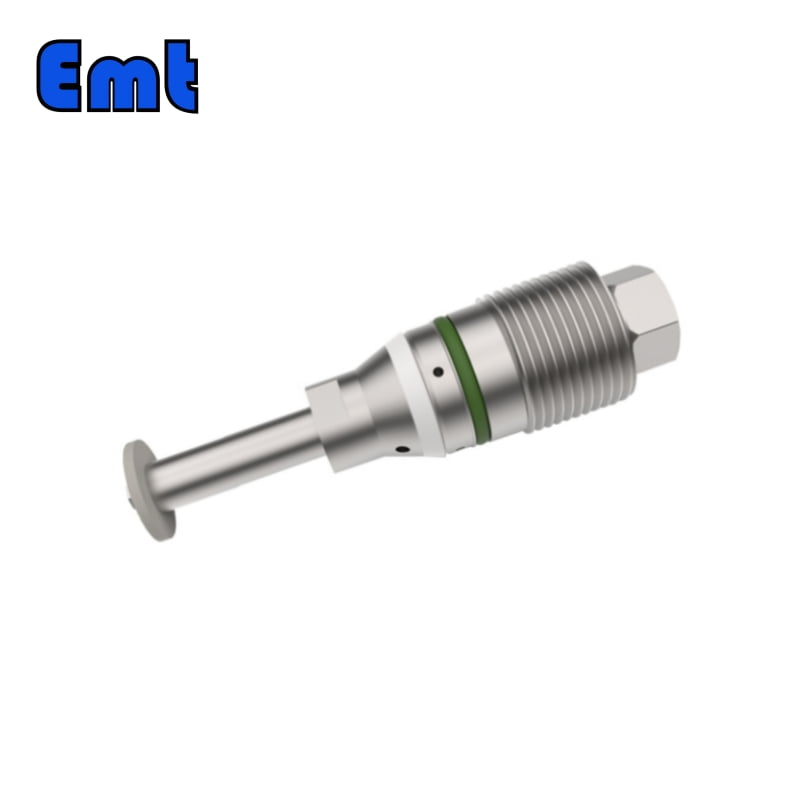
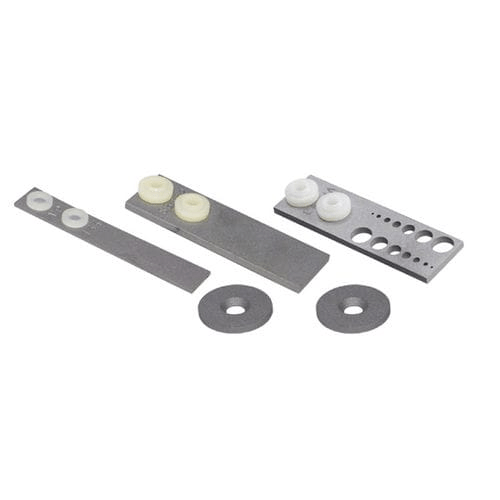
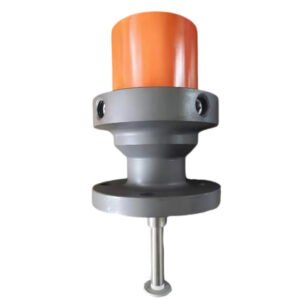
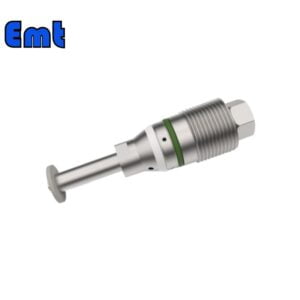
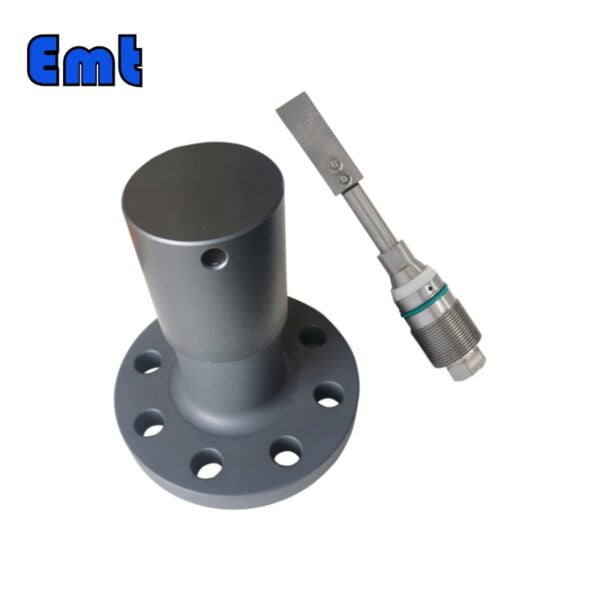
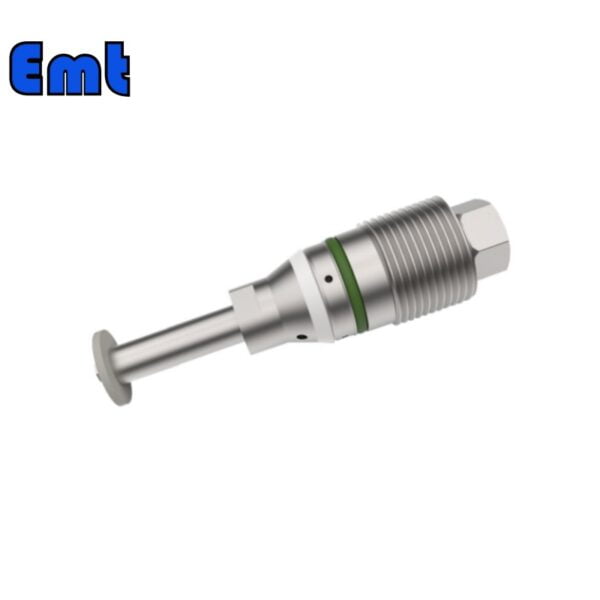
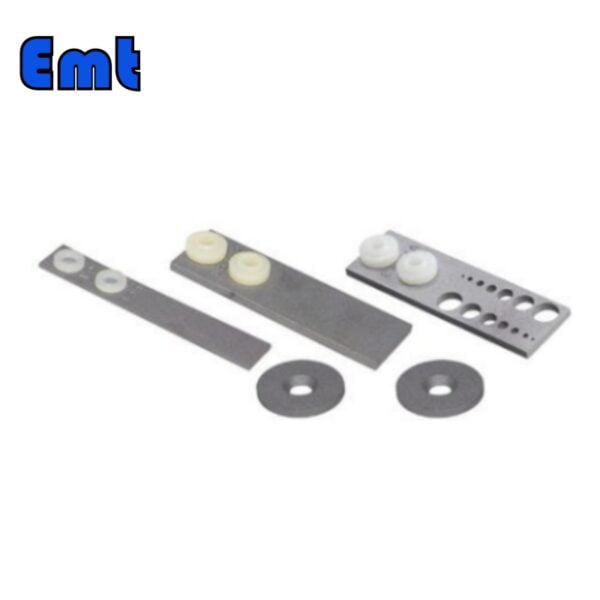
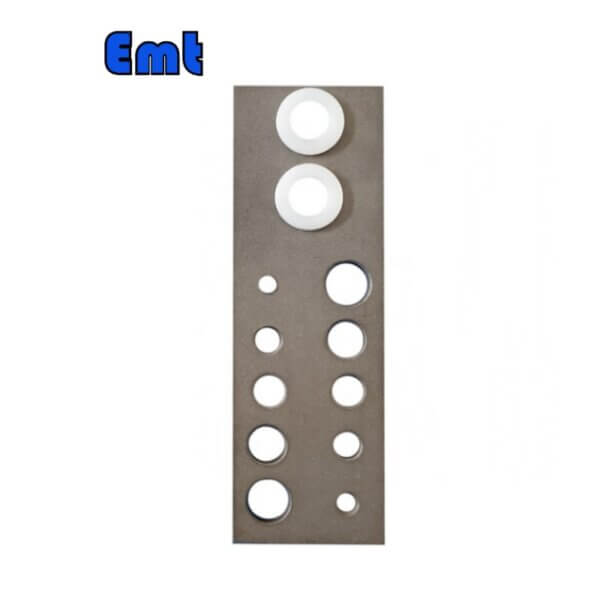
Reviews
There are no reviews yet.